Decorating with Antiques Series: Part 4 – Caring for Your Antiques
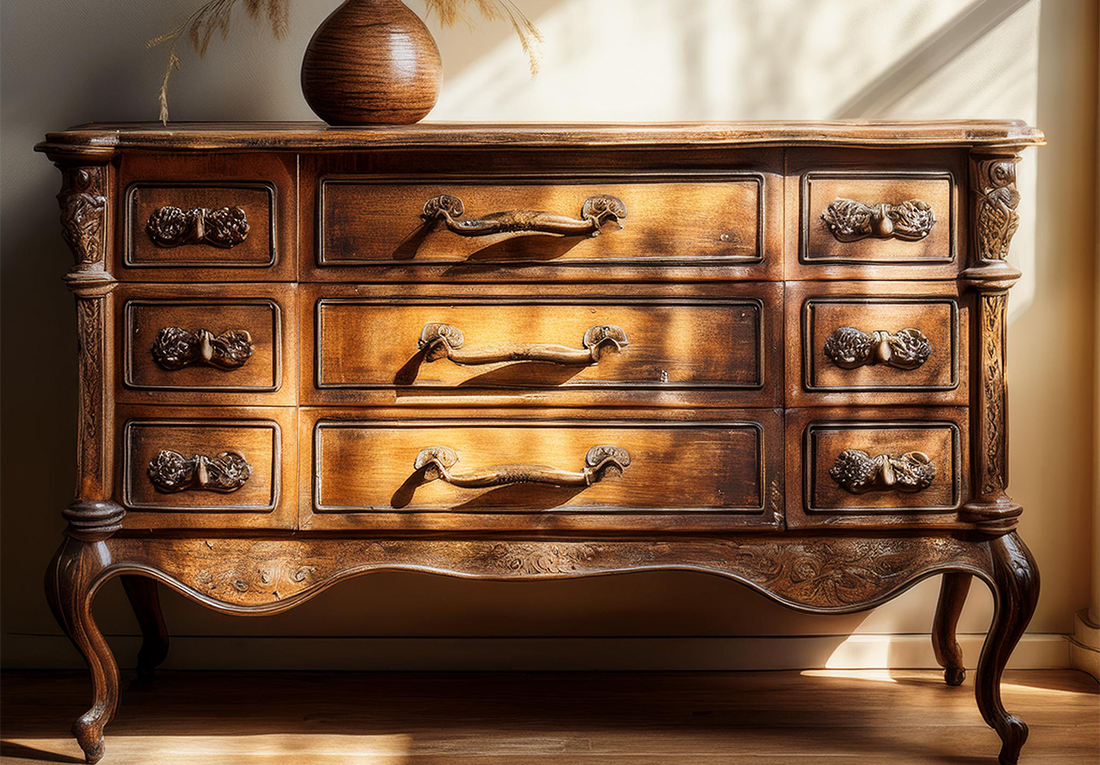
Written by Sally Thompson
Caring for Your Antiques: Tips to Preserve Their Beauty
Welcome to the final part of our “Decorating with Antiques” series! So far, we’ve explored the timeless appeal of antiques, different styles to integrate into your decor, and how to combine them with modern pieces. Now, in Part 4, we’ll dive into how to care for and preserve your antique treasures, ensuring they remain beautiful and cherished for years to come.
Why Antique Care Matters
Antiques are more than just decorative pieces—they’re a piece of history. Proper care and preservation are essential to maintaining their value, beauty, and longevity. Whether you’ve inherited a family heirloom or found a unique piece at an antique market, these tips will help you protect your investment.
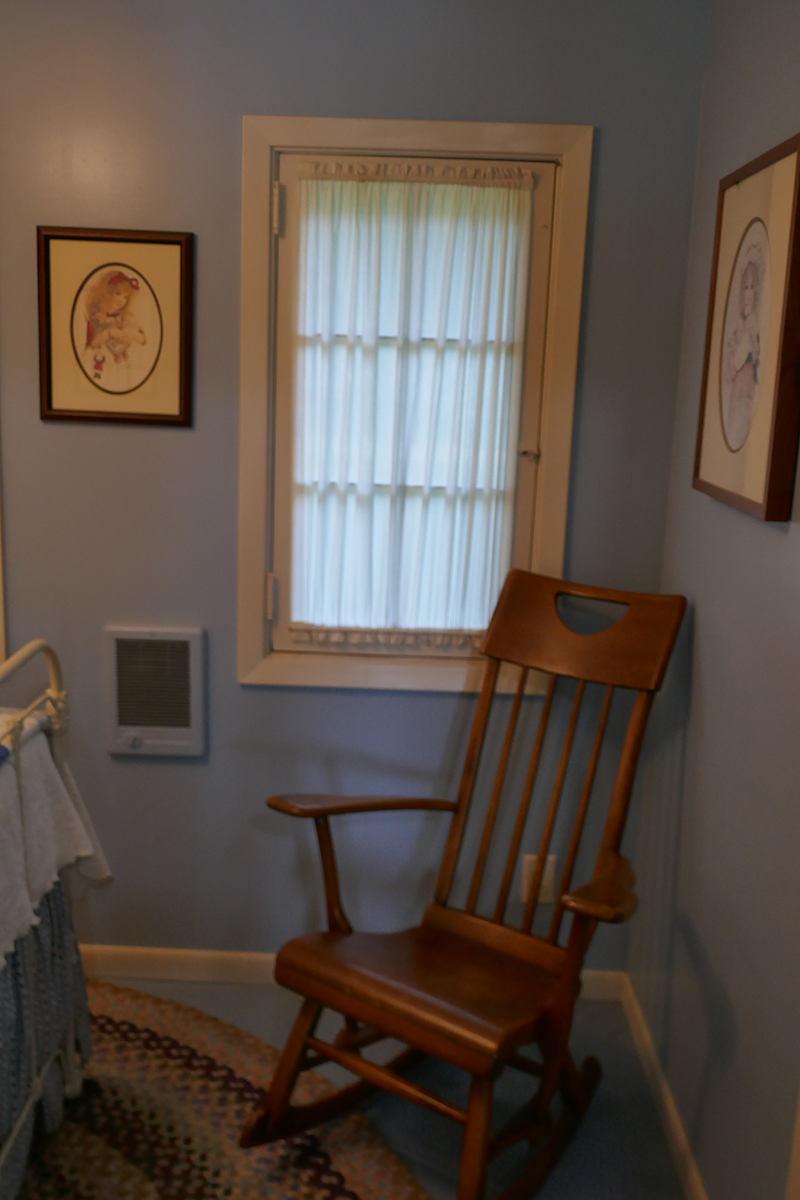
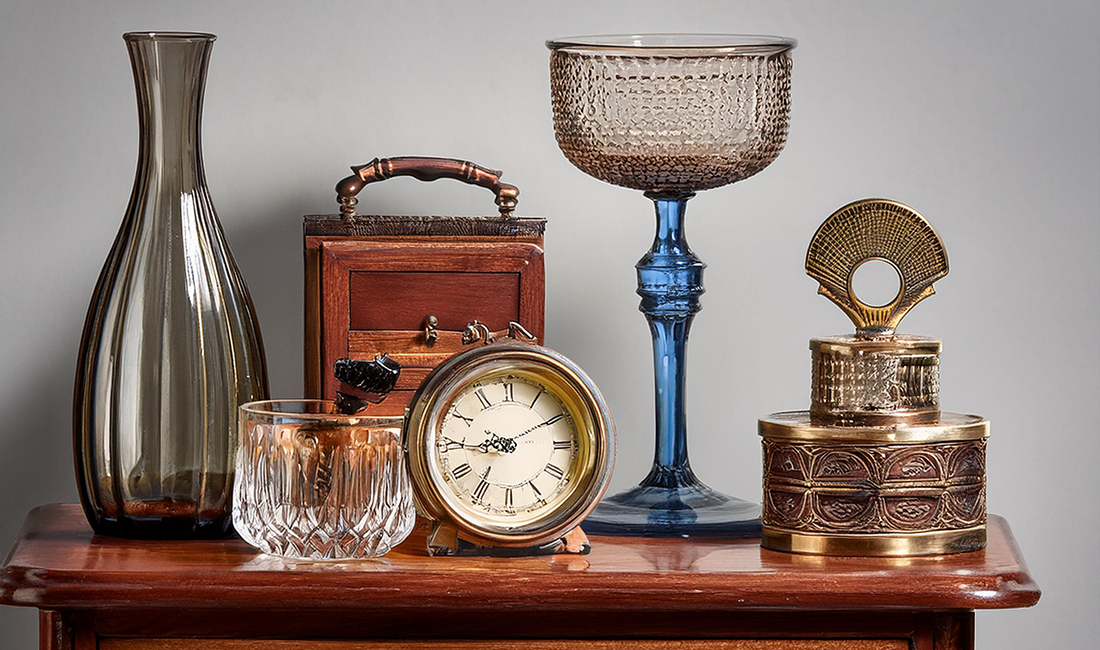
1. Know Your Materials
Tip: Understanding the materials that make up your antique is the first step in proper care. Different materials require different care techniques.
- Wood: Keep wooden furniture away from direct sunlight and heat sources to prevent drying and warping. Dust regularly with a soft, lint-free cloth, and polish with a high-quality wax to maintain its shine and moisture.
- Metal: For metal antiques, avoid using harsh chemicals. Instead, clean with a soft cloth and mild soapy water. For brass or copper, a specialized metal polish can help restore luster.
- Glass and Ceramics: Handle with care to avoid chips or cracks. Clean gently with a soft cloth and mild detergent. Avoid abrasive scrubbers that can scratch the surface.
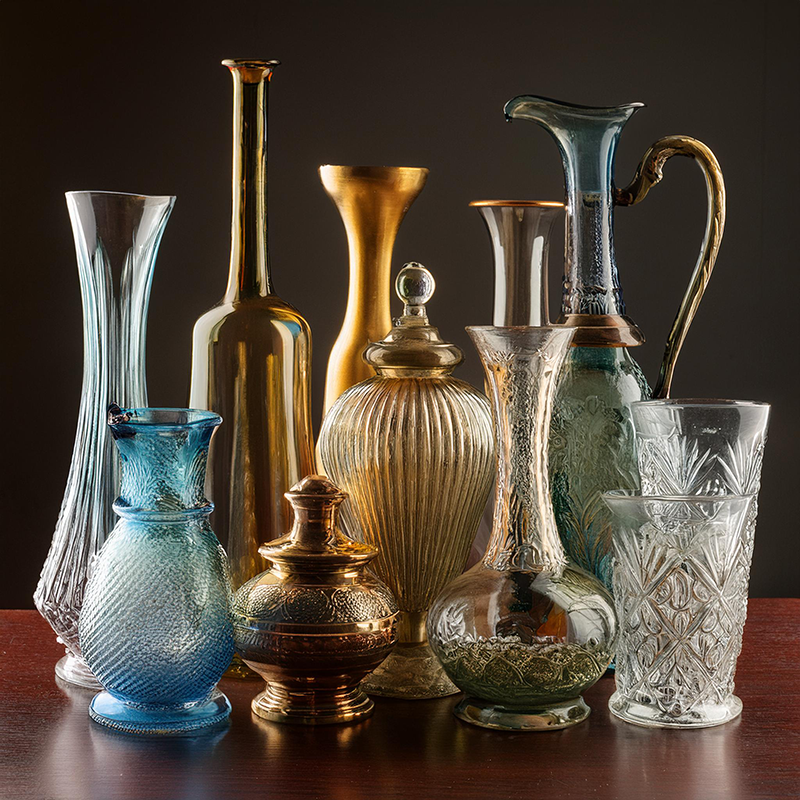
2. Control the Environment
Tip: Antiques are sensitive to environmental changes, especially fluctuations in temperature and humidity.
- Temperature: Keep your antiques in a stable environment, ideally between 65°F and 75°F. Avoid placing them near radiators, air conditioners, or fireplaces.
- Humidity: Maintain a consistent humidity level between 40-60%. Too much moisture can cause wood to swell and metal to corrode, while too little can dry out and crack wood or leather. Consider using a humidifier or dehumidifier as needed.
- Sunlight: Prolonged exposure to direct sunlight can fade fabrics, paintings, and wood finishes. Use window coverings or UV-filtering glass to protect your antiques from sun damage.
3. Regular Cleaning and Maintenance
Tip: Routine cleaning is essential, but it’s important to use the right methods to avoid damaging your antiques.
- Dusting: Dust your antiques regularly with a soft, dry cloth to prevent dirt buildup. For intricate details or carvings, use a soft-bristled brush or a vacuum with a soft brush attachment.
- Polishing: For wood and metal items, polish periodically with products specifically designed for those materials. Avoid over-polishing, as it can build up a residue that dulls the finish.
- Textiles: For antique textiles like tapestries, rugs, or upholstery, avoid direct contact with water. Instead, vacuum gently using a low suction setting and consider professional cleaning for delicate or valuable pieces.
4. Handle with Care
Tip: Always handle antiques with clean, dry hands to avoid transferring oils or dirt. When moving large or fragile items, use both hands and support the piece from its sturdiest points. Avoid dragging furniture, which can weaken joints or damage floors.
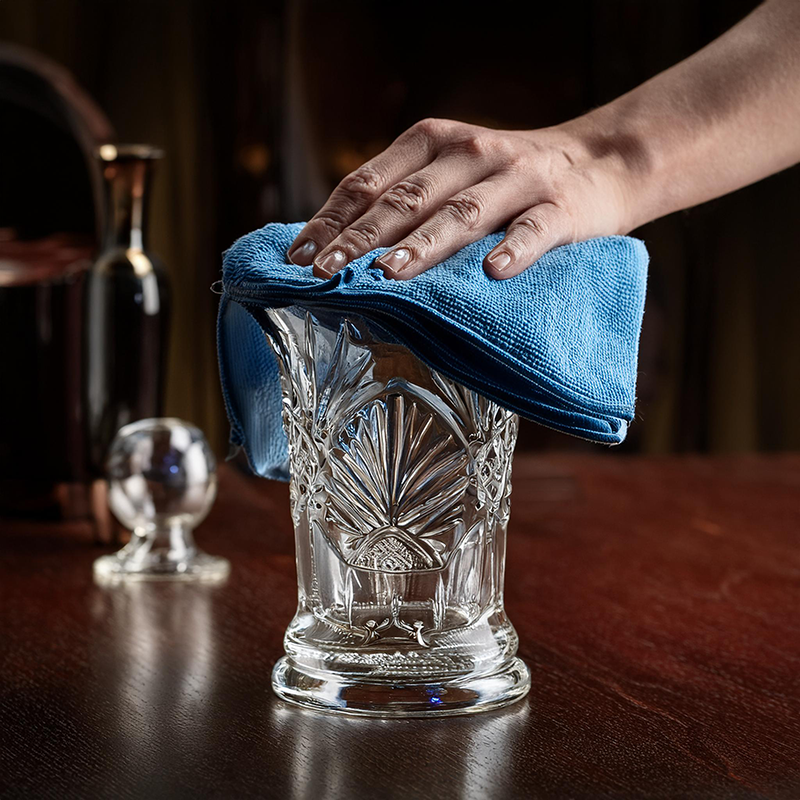
5. Restoration vs. Preservation
Tip: Understand the difference between restoration and preservation. Restoration involves repairing or refurbishing a piece, while preservation focuses on maintaining its current condition.
- When to Restore: Consider restoration if the antique is structurally unsound or its value is significantly compromised by damage. Always consult a professional restorer who specializes in the type of antique you own.
- When to Preserve: If the piece is in good condition but shows signs of age, preservation is often the best choice. These signs of wear and tear can add to the antique’s character and historical value.
6. Professional Help
Tip: For valuable or fragile antiques, don’t hesitate to seek professional care. Whether it’s for cleaning, restoration, or appraisal, professionals have the expertise and tools to ensure your treasures are well cared for.
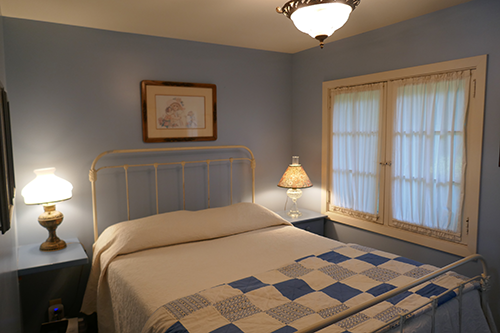
Keep Your Antiques Beautiful for Generations
By following these care tips, you’ll help ensure that your antiques remain beautiful and treasured for many years. Remember, each piece has its own story to tell, and with proper care, you’ll be preserving a part of history.
Show Us Your Antiques!
We’d love to see how you’re caring for and displaying your antique pieces. Share your photos and tips with us using the hashtag #secondgenerationantiques #AntiqueDecorSeries, and let’s continue to celebrate the timeless beauty of antiques together!
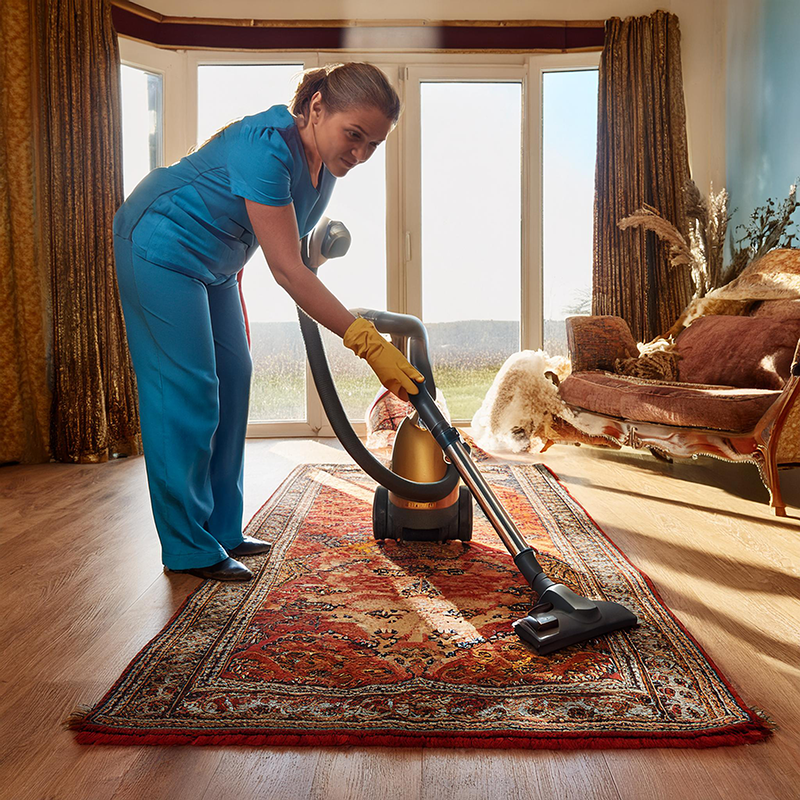
Sally has a passion for collecting and organizing Antique and Vintage shows. The images in this series are from her personal collection. She has found many of her items at the Shows she has organized.
Few of the images in this post were created by Adobe Firefly
Written by Sally Thompson
Related Articles
Related
Blue Milk Glass
Blue milk glass, also known as opal glass, has a rich history that dates back to the 16th century in Venice. It was originally created as a competitor to porcelain, offering a unique aesthetic and affordable alternative. Over time, the term "milk glass" emerged,...
The History of Easter Eggs and Easter Bunnies
Easter is one of the most widely celebrated holidays around the world, blending Christian traditions with much older pagan customs. Two of the most recognizable symbols of Easter—the egg and the bunny—have fascinating histories that stretch back centuries. Though...
Postcard Collecting: The Art and History of Deltiology
Postcard collecting, known as Deltiology, is one of the most popular hobbies in the world. The term comes from the Greek word deltion, meaning “small picture” or “letter,” and it refers to the study and collection of postcards. While postcards may seem like simple...
